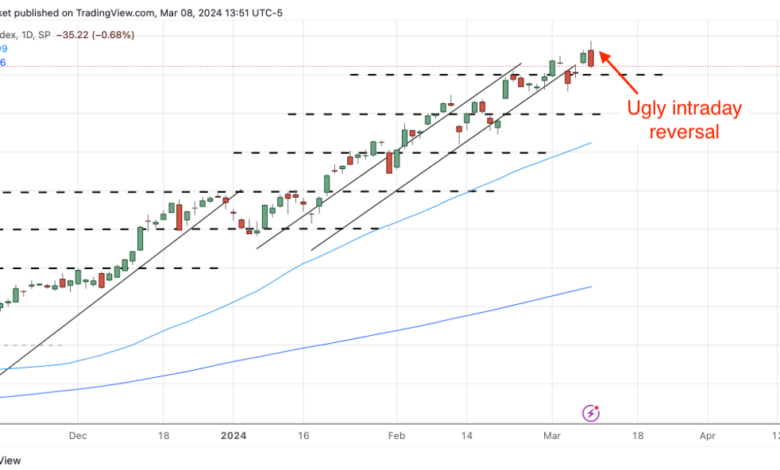Expected 7% Correction in the S&P 500 – Buying Opportunity or Risk?

Expected 7% Correction in S&P 500: Buying Opportunity or Risk?
Date: November 2024
What Drives a Market Correction?
A market correction is typically defined as a decline of 10% or more in a major stock index, but corrections of around 5-7% are also notable events. Corrections can be triggered by various factors, such as profit-taking after a strong rally, changing economic data, or shifts in investor sentiment. For November 2024, analysts attribute the potential correction to a seasonal reduction in trading volume, heightened investor confidence, and concerns over upcoming Federal Reserve actions.
Another factor is the market’s high valuation levels. The S&P 500 has been trading at a historically high price-to-earnings (P/E) ratio, which may make some stocks appear overvalued. A correction allows the market to recalibrate, potentially bringing valuations back to more sustainable levels.
Potential Benefits of a Market Correction
While corrections may seem alarming, they often present valuable opportunities for long-term investors. When high-quality stocks experience temporary declines, investors can buy shares at discounted prices. This “buy the dip” strategy has historically allowed investors to accumulate wealth over time. In fact, the data shows that those who purchase during corrections often enjoy substantial gains when the market rebounds.
For example, during the 2020 market correction triggered by the COVID-19 pandemic, investors who bought stocks in sectors like technology and healthcare at their lows saw significant returns as the market recovered. Corrections enable investors to acquire shares of fundamentally strong companies at lower prices, thus lowering the average cost per share in their portfolio.
Risks Associated with Buying During Corrections
Despite the potential for gains, buying during corrections does carry risks. A correction can sometimes escalate into a bear market if negative sentiment persists or if economic conditions worsen. Investors should be cautious about deploying large amounts of capital during uncertain times, especially if their financial situation cannot withstand potential losses.
Additionally, not all stocks recover equally after a correction. Certain sectors, such as high-growth technology companies, may be more vulnerable to further declines, particularly if interest rates rise or if the Federal Reserve signals tightening policies. Investors should research each sector’s unique risks and assess their own risk tolerance before investing heavily during a correction.
Strategies for Investing During a Correction
For those interested in buying during a correction, a dollar-cost averaging (DCA) strategy can be a practical approach. This strategy involves purchasing a fixed dollar amount of a stock at regular intervals, regardless of its price. By spreading out investments over time, DCA can help mitigate the effects of further declines, reducing the average purchase cost and minimizing exposure to short-term volatility.
Another strategy is focusing on sectors with strong fundamentals and low volatility, such as utilities, healthcare, and consumer staples. These sectors tend to perform better during market downturns and offer more stability. Additionally, considering exchange-traded funds (ETFs) that track the S&P 500 or sector-specific ETFs can provide diversification and reduce risk compared to individual stock purchases.





